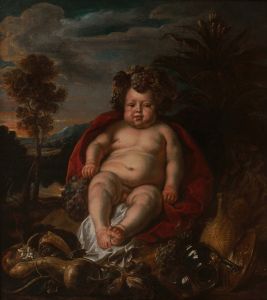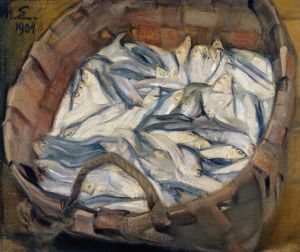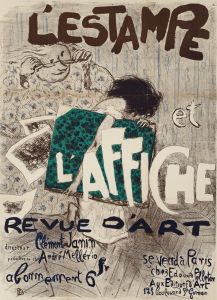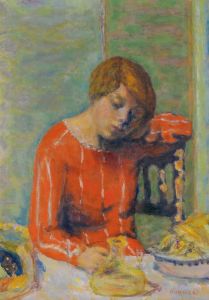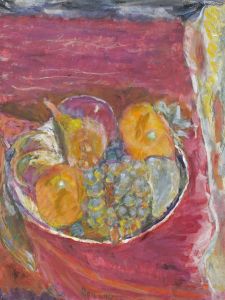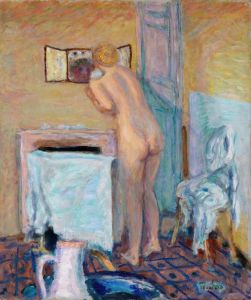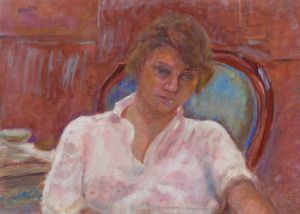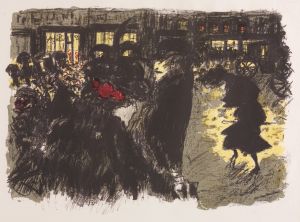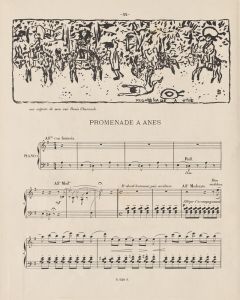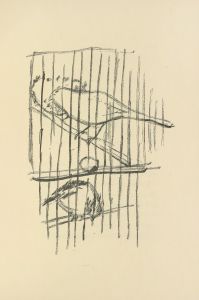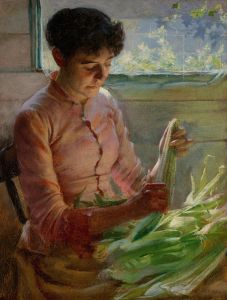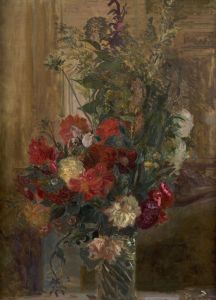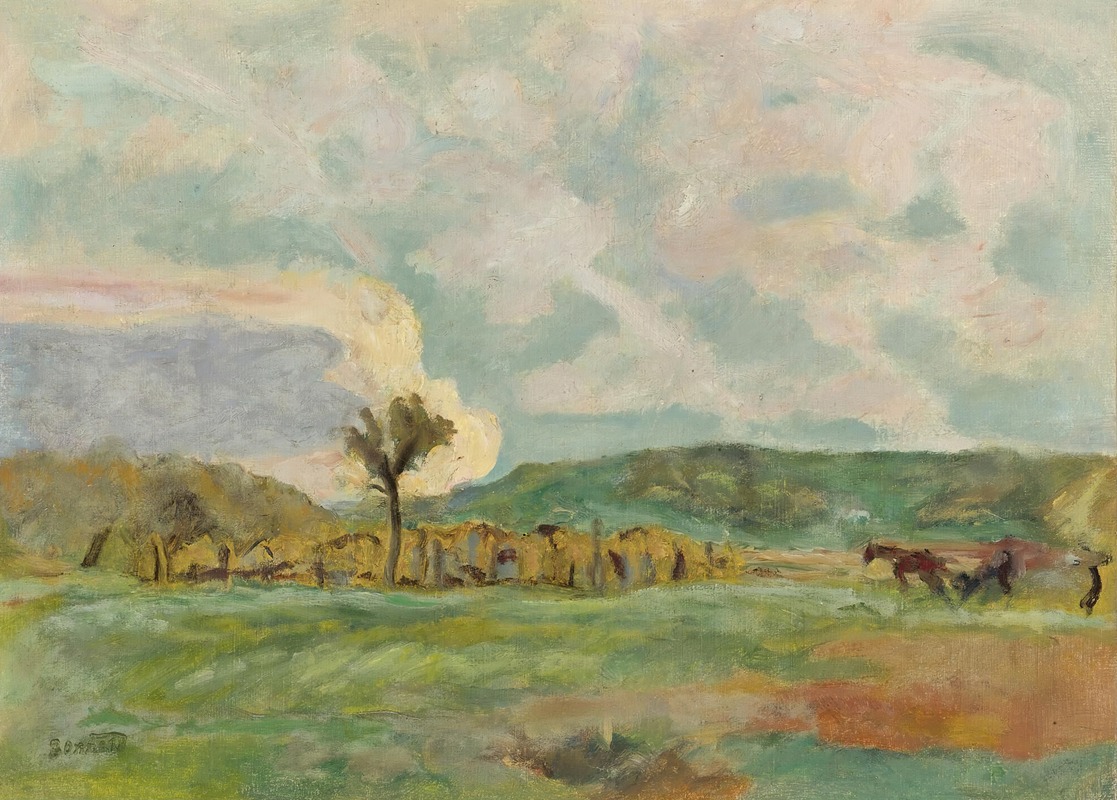
Campagne, Le Labour
A hand-painted replica of Pierre Bonnard’s masterpiece Campagne, Le Labour, meticulously crafted by professional artists to capture the true essence of the original. Each piece is created with museum-quality canvas and rare mineral pigments, carefully painted by experienced artists with delicate brushstrokes and rich, layered colors to perfectly recreate the texture of the original artwork. Unlike machine-printed reproductions, this hand-painted version brings the painting to life, infused with the artist’s emotions and skill in every stroke. Whether for personal collection or home decoration, it instantly elevates the artistic atmosphere of any space.
Pierre Bonnard was a French painter and a founding member of the Post-Impressionist group of avant-garde painters known as Les Nabis. His work is characterized by a strong emphasis on color, light, and the intimate depiction of everyday life. One of his paintings, "Campagne, Le Labour," reflects these qualities, though specific details about this particular work are not extensively documented in public records.
Bonnard was born in 1867 in Fontenay-aux-Roses, France, and he initially studied law before turning to art. He attended the Académie Julian and the École des Beaux-Arts in Paris, where he developed his skills and met other artists who would become part of Les Nabis. This group, which included artists like Édouard Vuillard and Maurice Denis, was influenced by Paul Gauguin and sought to break away from the naturalism of Impressionism. They focused on the symbolic and spiritual aspects of art, often using bold colors and simplified forms.
Bonnard's work is known for its vibrant use of color and light, often capturing domestic scenes and landscapes with a sense of intimacy and warmth. His style evolved over time, moving from the flat, decorative approach of his early Nabi period to a more nuanced exploration of color and light in his later years. He often painted from memory, which allowed him to infuse his works with a sense of emotion and personal reflection.
"Campagne, Le Labour" likely fits within Bonnard's broader oeuvre of landscape paintings, which often depicted rural scenes with a focus on the interplay of light and color. While specific information about this painting is limited, it can be inferred that it shares the characteristics typical of Bonnard's landscapes: a vibrant palette, a focus on the effects of light, and a composition that captures the essence of the scene rather than a detailed, realistic portrayal.
Bonnard's landscapes often reflect his interest in capturing the changing qualities of light and the seasons. He was known to revisit the same scenes at different times of day and year, exploring how light and color transformed the landscape. This approach aligns with the broader Post-Impressionist movement, which sought to move beyond the Impressionists' focus on capturing a single moment in time.
Throughout his career, Bonnard remained committed to exploring the possibilities of color and light in painting. His work has been celebrated for its ability to convey a sense of warmth and intimacy, inviting viewers to experience the world through his eyes. Despite the lack of specific information about "Campagne, Le Labour," it can be appreciated within the context of Bonnard's broader artistic achievements and his contribution to the development of modern art.
Bonnard continued to paint until his death in 1947, leaving behind a rich legacy of works that continue to be studied and admired for their innovative use of color and light. His paintings are held in major collections around the world, and his influence can be seen in the work of later artists who were inspired by his unique approach to capturing the beauty of everyday life.





